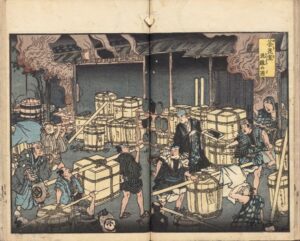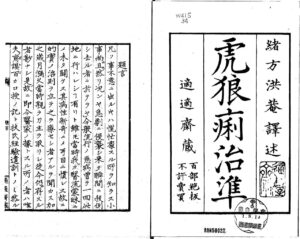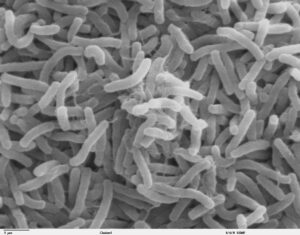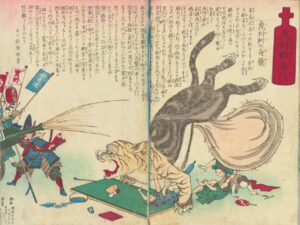This week, we’re taking a closer look at the unequal treaty system of the 1800s by exploring one of its crappier (!) consequences: a diplomatic incident over cholera quarantines and extraterritorial laws surrounding a small German freighter called the Hesperia.
Sources
Johnston, William. “Cholera and the Environment in Nineteenth-Century Japan.” Cross-Currents: East Asian History and Culture Review 30 (2019), 9-34.
Fuess, Harald. “Informal Imperialism and the 1879 Hesperia Incident: Containing Cholera and Challenging Extraterritoriality in Japan.” Japan Review 27 (2014), 103-140.
Images






Interesting appendage on the tiger in that print. I was aware of that design with the raccoon like tanuki creatures, I wasn’t aware of it on a tiger. Does it have a different meaning in this image?
You mentioned that proper sanitation was important for preventing cholera. So, when did running water and flush toilets become a standard part of Japanese houses?
Why does the tiger turn into a cat but still have big balls like a tanuki?
You know, honestly, I have no idea!
This may have some explanations: https://www.nippon.com/en/japan-topics/g00854/
First, they date the picture to 1886, not the Edo period. They also mention that the animal has the head and front paws of a tiger, the rear torso of a wolf and the testicles of a tanuki, suggesting a terrifying new monster. In fact, it seems the three guys in the rear got hit in the back of the head with the creature’s “endowment.” Also, the samurai are shooting at the creature with a bottle of plum vinegar suggesting it as a remedy for treating cholera.